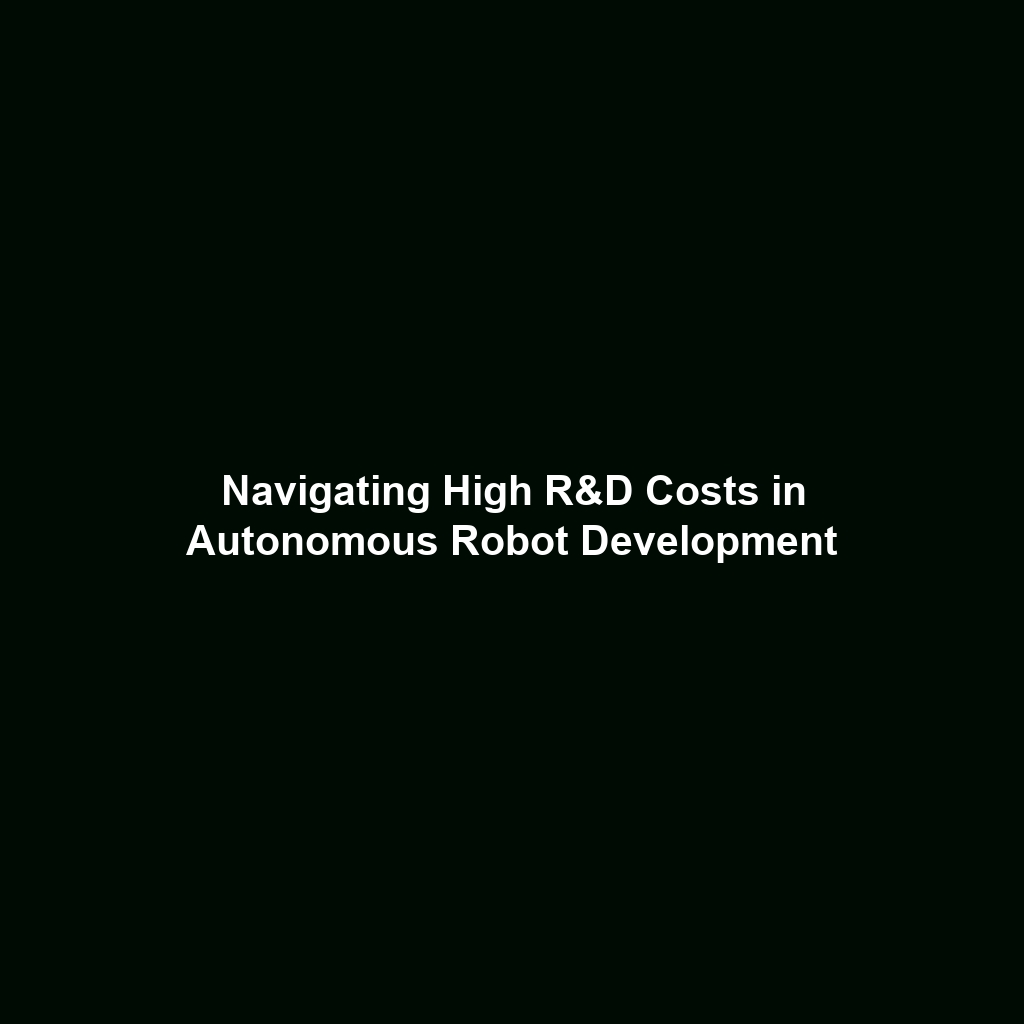Ethical Concerns About Humanoid Robots Replacing Human Workers
The increasing integration of humanoid robots into various industries raises significant ethical concerns about the potential displacement of human workers, particularly in sectors like retail, customer service, and healthcare. As humanoid robots become more capable and cost-effective, understanding the implications of their deployment is vital for policy-making and social acceptance. This article explores the ethical dimensions, real-world applications, current challenges, and future directions regarding the impact of humanoid robots replacing human workers.
Key Concepts
Understanding the ethical concerns about humanoid robots necessitates an examination of several key concepts, including:
- Job Displacement: The risk that humanoid robots will take over jobs traditionally performed by humans, impacting employment rates.
- Quality of Service: The debate over whether humanoid robots can replicate the emotional and social intelligence necessary for effective customer interaction.
- Accountability: Questions regarding who is responsible for decisions made by humanoid robots in sensitive environments, such as healthcare.
- Bias and Fairness: The potential for humanoid robots to perpetuate or exacerbate biases present in their programming.
Applications and Real-World Uses
Ethical concerns about humanoid robots extend into various practical applications across industries. Here are some notable examples:
- Retail: Humanoid robots are being utilized for inventory management and customer assistance, raising questions about job security for cashiers and sales associates.
- Customer Service: Automated systems powered by humanoid robots are increasingly used in call centers, where they can handle routine inquiries, leading to reduced human staff.
- Healthcare: In eldercare facilities, humanoid robots assist with routine tasks, prompting discussions on the human touch versus automated care.
Current Challenges
There are several challenges of ethical concerns surrounding humanoid robots, including:
- Public Perception: Resistance from the workforce and public skepticism can hinder the adoption of humanoid robots.
- Legislation: Insufficient regulatory frameworks to guide the ethical deployment of humanoid robots across industries.
- Technological Limitations: Current humanoid robots still struggle with complex interactions that require human empathy.
- Job Retraining: Developing programs for reskilling displaced workers remains a significant hurdle.
Future Research and Innovations
Upcoming innovations in humanoid robots are likely to address some ethical concerns, including:
- Improved AI Algorithms: Next-gen humanoid robots are being developed with enhanced AI to better understand and respond to human emotions.
- Collaborative Frameworks: Research into hybrid work environments where humans and humanoid robots collaborate effectively is underway.
- Ethical AI Guidelines: Initiatives aimed at creating ethical guidelines for developing and implementing humanoid robots in the workplace.
Conclusion
The ethical concerns regarding humanoid robots replacing human workers in industries such as retail, customer service, and healthcare highlight the need for careful consideration of both the benefits and drawbacks of automation. As these technologies continue to advance, it is crucial for stakeholders to engage in conversations that prioritize the well-being of workers while embracing innovation. For further reading on related topics, explore our articles on [impacts of automation on labor markets](#) and [ethical AI developments](#).

